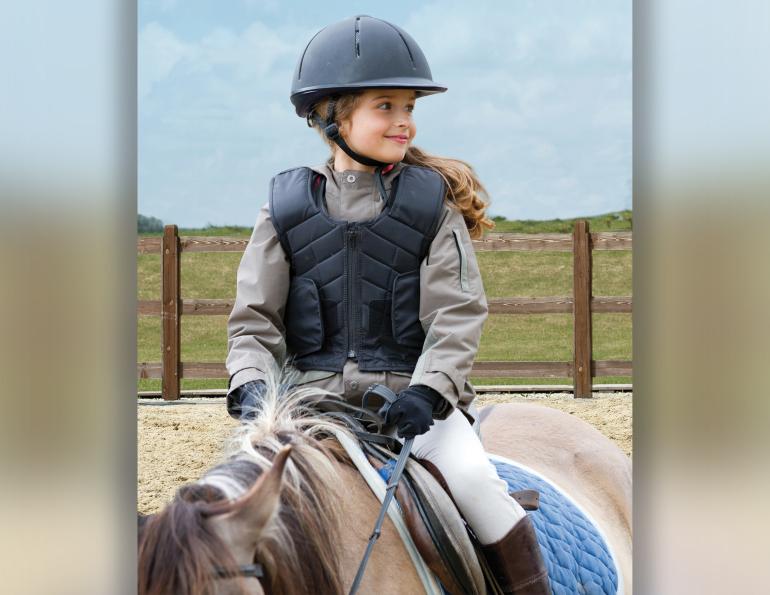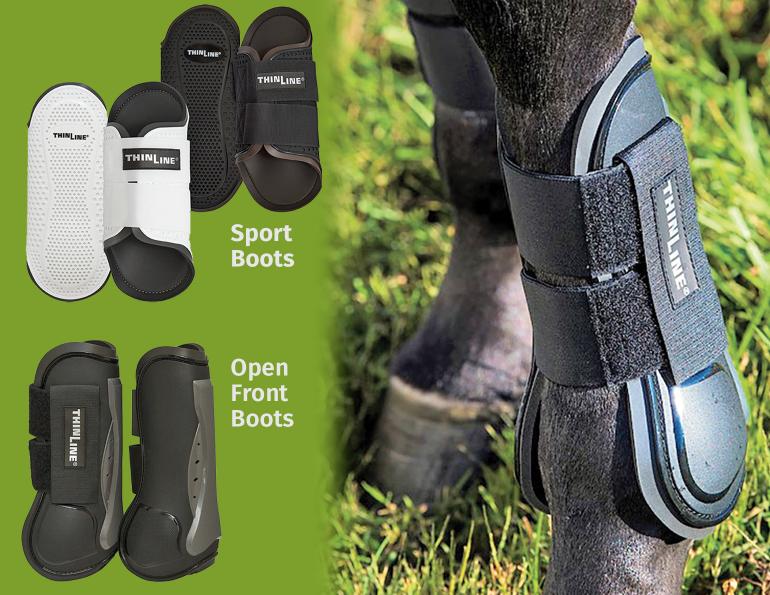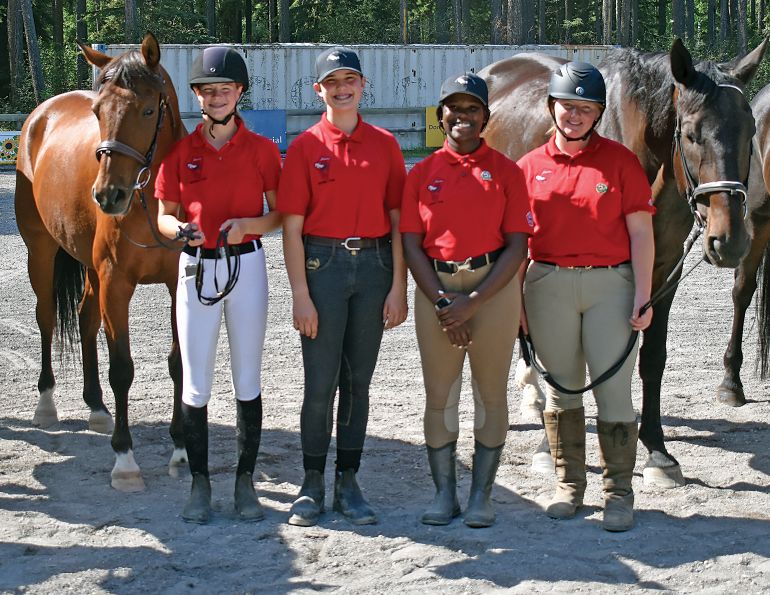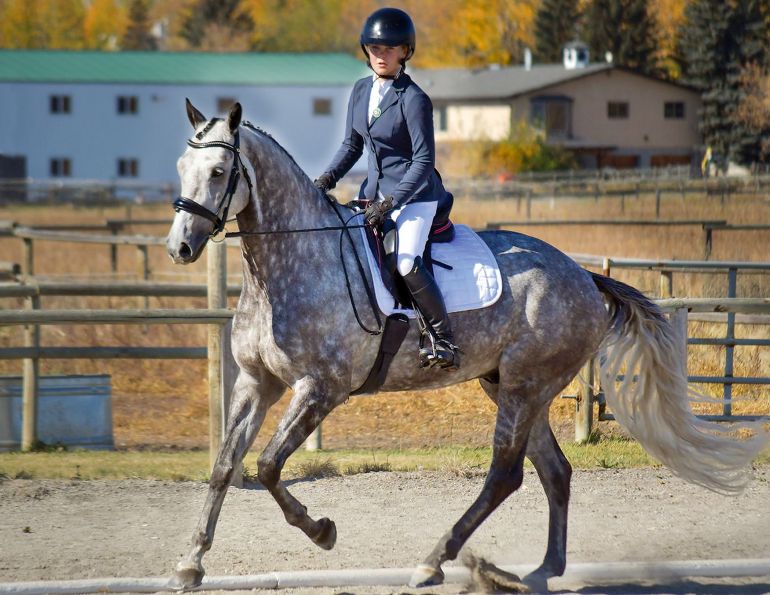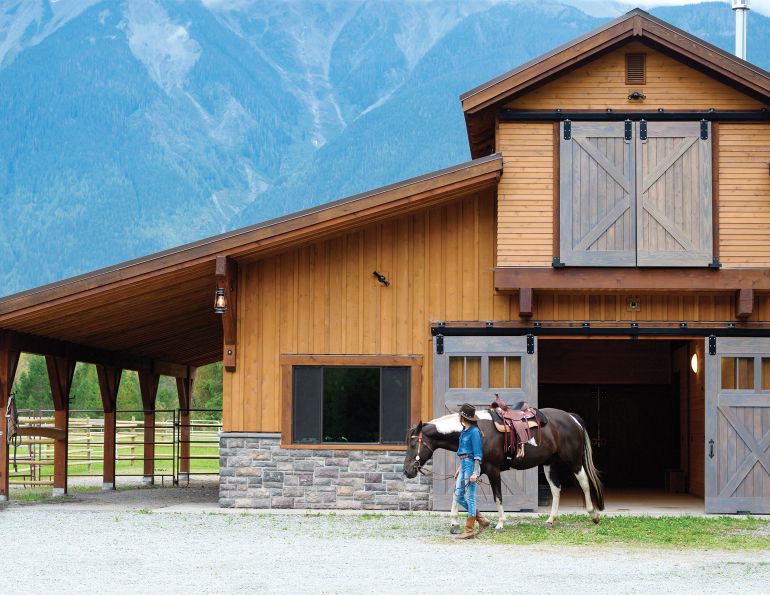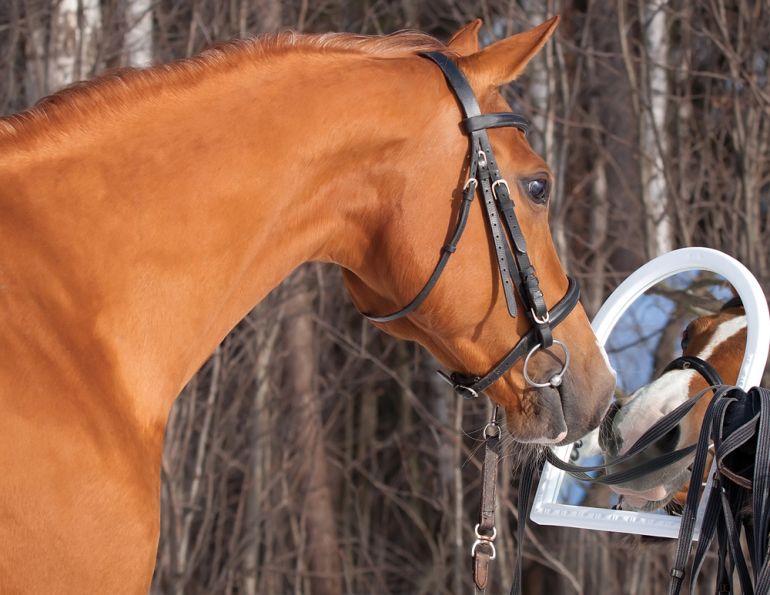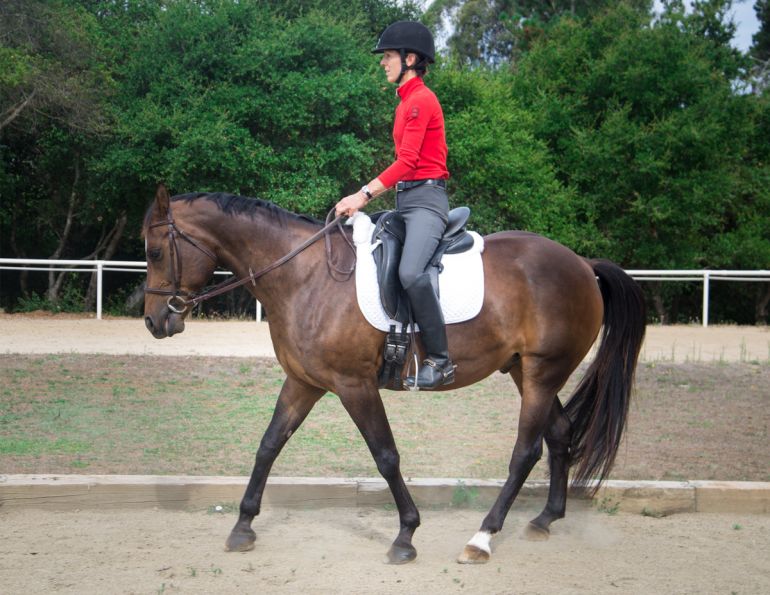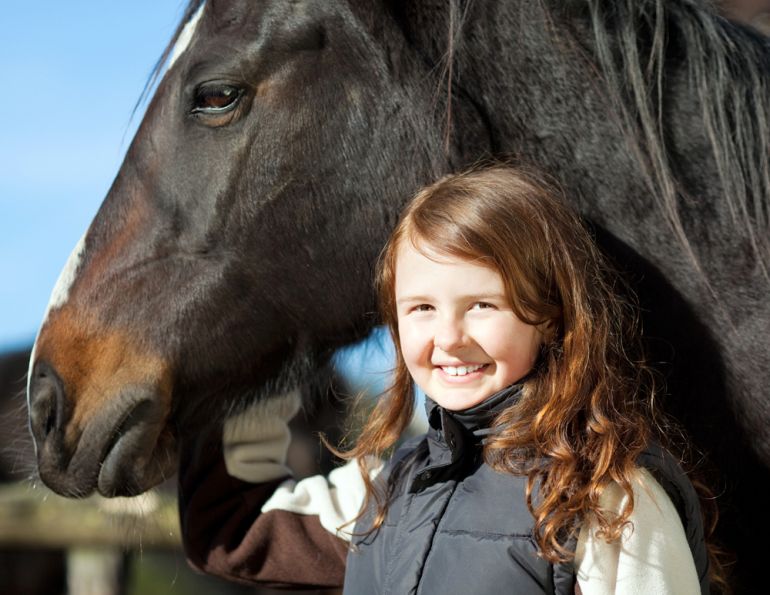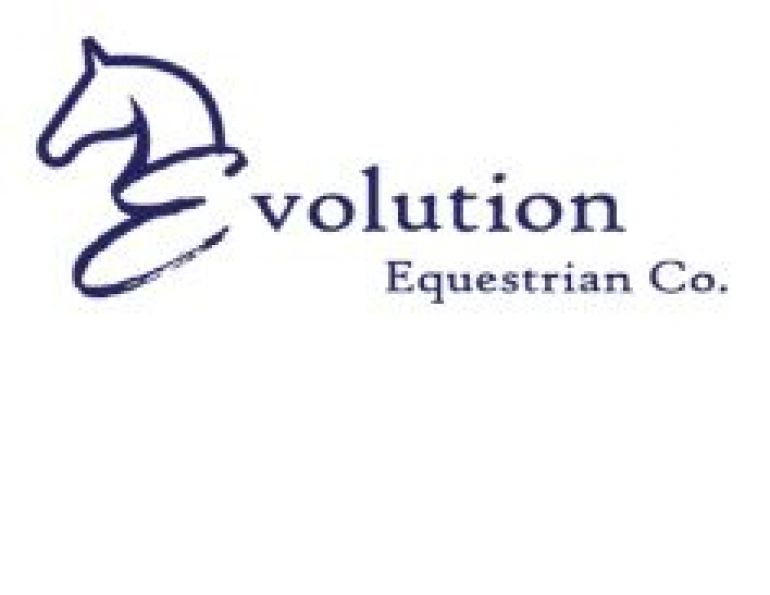By Nikki Alvin-Smith
Teaching children to ride is extremely rewarding. Their enthusiasm, open hearts, and keen attitude to learn make children good students. Their fondness of ponies is a joy to behold. Most children are quite fearless when it comes to riding and it is the responsibility of the instructor to ensure their safety comes first and their exuberance to ride is carefully channeled. For the nervous rider, much patience is needed and allowing a child to sit on a pony and be led can work wonders for their self-confidence.
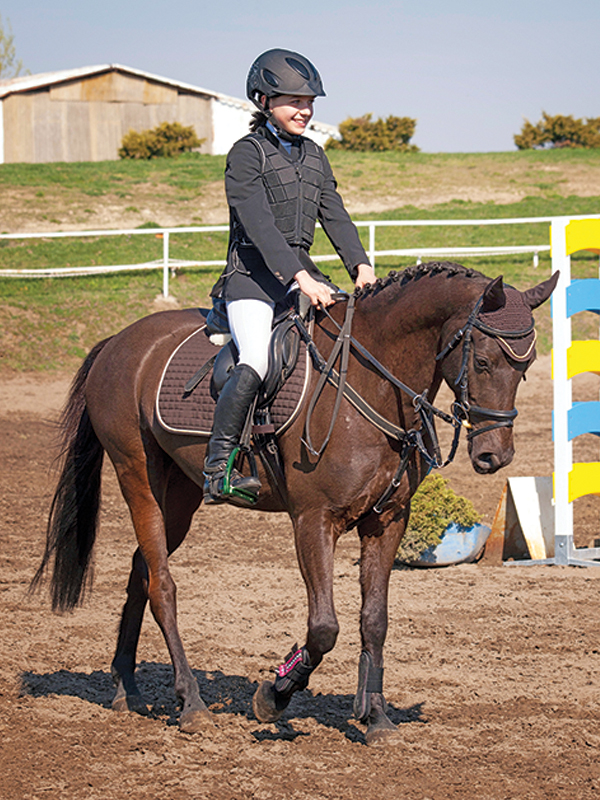
The joy of riding is clearly evident on this young rider’s face. Photo: Shutterstock/Scigelova
The instructor should talk to the parent to learn about the nature of the child in general, their attitude toward animals and horses in particular, and prior riding experiences including any negative or positive events. It is also wise to ask the parent (out of the child’s hearing) if there are any physical or mental challenges for the child, and to have some idea of the child’s physique including height. The child’s age, mental maturity, and experience in other sports are also helpful to know. For example, if they participate in gymnastics or ballet, this would indicate that they have some semblance of balance and are also used to following instructions and being taught. Can they ride a bicycle? Obviously, this also requires balance and would demonstrate that the child has already mastered some of the skill sets needed for riding.
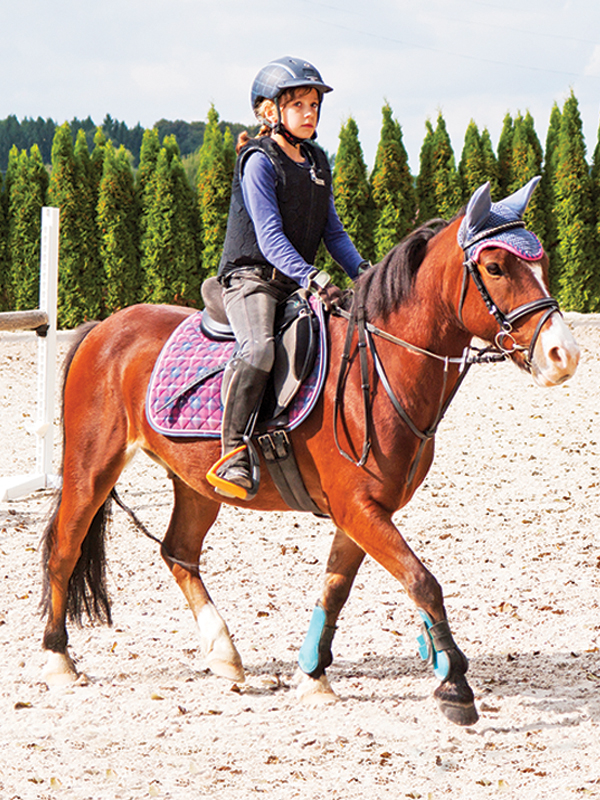
Riding should always be done in proper safety attire and the importance of safety should be part of every lesson. Photo: Shutterstock/Scigelova
While children of any age can sit on a pony and be led about, it is generally not beneficial to attempt to teach them to ride until they are five or six years old. At this age, children have had time for their limbs to develop, can understand instructions and have developed a good level of mental focus.
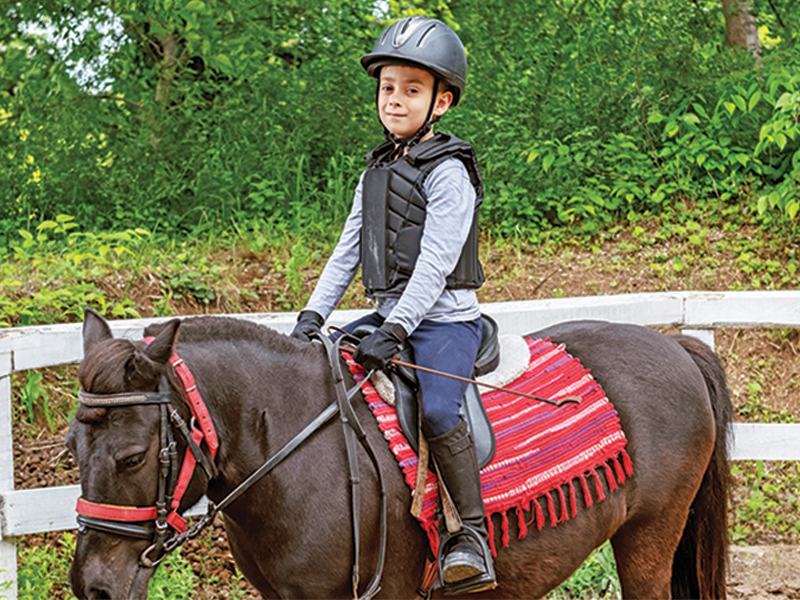
Blessed are the good school ponies that teach our children to ride. Photo: iStock/Dusanpetkovic
It is extremely important to match the child to the pony. All beginners should ride a kind lesson pony that does not exhibit vices, is safe and nicely forward, and is not stubborn or pushy. Yes, a pony like that can be hard to find!
At the start, the rider should be taught individually and led at walk and then trot. This will require the aid of a helper who is experienced with horses. It is almost impossible to properly teach someone to ride when you are leading the pony. It is extremely important that the beginner not be over-faced, especially if they are timid. All mounted work should be done in proper attire in boots with small heels, comfortable pants, and a correctly-fitted riding helmet which must be worn at all times. The saddle should be fitted with appropriately-sized safety stirrups.
Related: Solving Pony Problems

First lessons should be taught individually with the pony led at walk and then at trot, and the lesson should end on a high note with the child eager to learn more. Photo: Shutterstock/Gorilla Images
While parents may like the idea of dropping their child off for an hour’s lesson, it is important that a parent remains present for the first few lessons. An hour-long lesson is also too long for younger students who will simply overtire and lose focus. They may also become sore from too much time in the saddle. The child will progress much more quickly by riding in a half-hour lesson on a weekly basis than by riding in an hour-long lesson every fortnight, and this should be explained to the parent.
Related: Fitness for Equestrian Kids & Youth
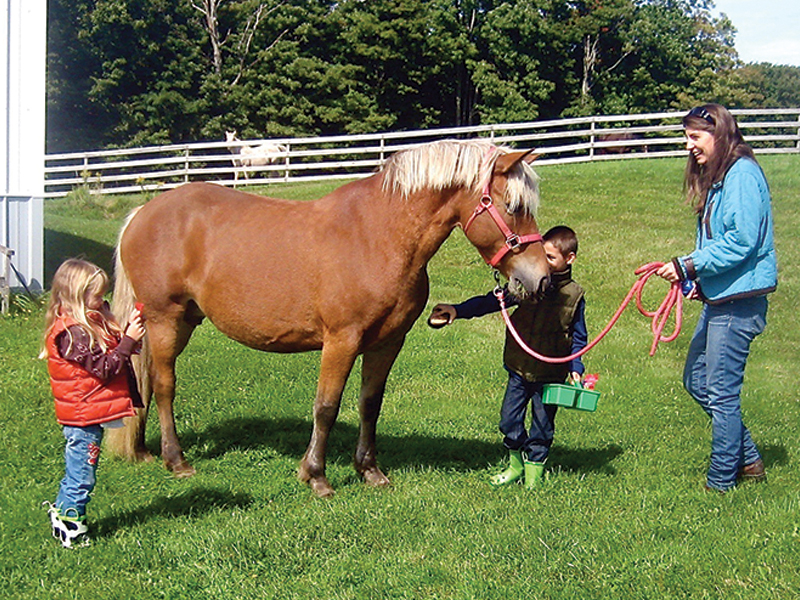
Grooming is an important part of every lesson. Photo: Nikki Alvin-Smith

This young rider is leading properly by walking beside her pony and not coiling the reins around her fingers. Photo: Shutterstock/Elena Elisseeva
It is important that the child’s parents understand their responsibilities in this situation. You would like them to arrive on time, which shows basic respect for your time, and time literally is money to an instructor. Parents should also pay for the lessons on time and not need to be asked for payment. Signed liability waivers should always be collected and the parent should understand the risks of the sport. The child should be presented “ready to go” with the appropriate riding apparel and not be overtired or stressed. While it is great for parents to encourage their children by attending the lessons, it is not helpful if they interrupt the lessons.
Related: Saddle Fit for the Child Rider
A safe environment is paramount for all riding, but especially for children. The arena should be safely gated and enclosed, and away from the distractions of other horses turned out nearby that may cause upset in a lesson by galloping around. It is also sensible to secure an area where parents, friends, and other children can watch in safety. A pergola or pavilion is perfect for this purpose.
The instructor should explain to the child student how they would like to be addressed and keep the lines of communication open when they teach. Lessons should always leave the young student eager to learn more. Language used to instruct is very important. Instructions should be kept in simple terms and be succinct.
As with any learning, relaxation is the key to success. Humour is appreciated by riders of all ages and is a great way to relax the rider.

Riding is great exercise and wonderful fun, as demonstrated by this confident nine-year old on her way to a lifetime of horses as a hobby or maybe even a career. Photo: Shutterstock/Anzhelina
Safety should be part of every lesson. For example, explain to a child why it is imperative that the girth is always tight before they mount, and that it’s not a good idea to run or shout around horses.
The first lesson may cover basic grooming and tacking up, how to safely mount and dismount, and how to walk and halt. If the lesson is going well and the child shows good balance, a trot may be included. Trot periods should be in straight lines and of short duration.
We all know that learning to sit the trot can be difficult. For the English discipline it is wise to teach the child how to post from the start. No one wants to be bumped up and down, jolted about, and generally made uncomfortable. For the Western rider, the saddle horn is a blessing as the child can grasp the horn at any time to rebalance.
On an English saddle an emergency strap can be fitted to the front of the saddle. Personally, I prefer to teach the beginner with this strap as it keeps their hands steady and off the horse’s mouth. A halter placed over a bridle with a lead rope for reins can be substituted, but ensure the rope is not too thick to hold comfortably in small hands. Some instructors tack up lesson horses in hackamore bits to prevent anxiety in the animals and keep them from developing hard mouths due to errant rein use by neophyte riders.
Related: A Good Minded Horse
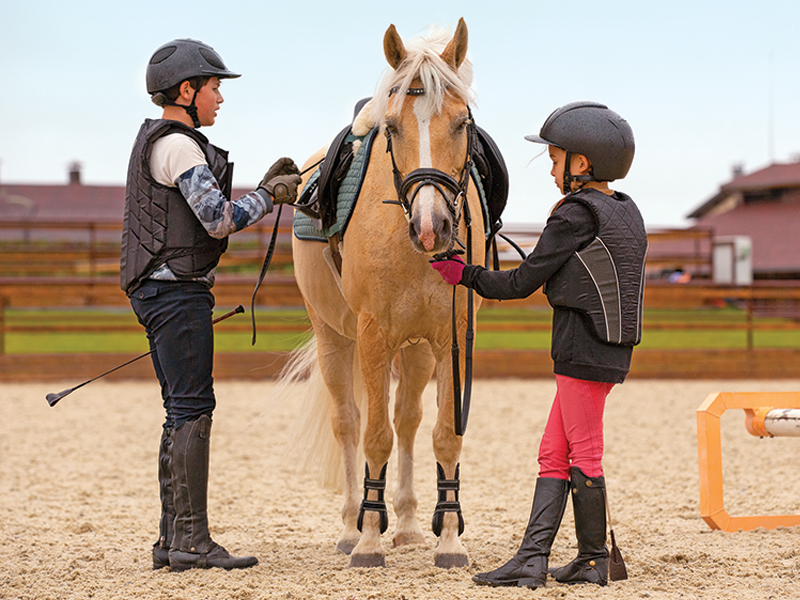
Teamwork is needed when the same pony has two riders of different size. Photo: Shutterstock/Anzhelina
Sometimes a child will stick out their tongue in concentration, but this is a safety issue; the child should be taught to keep their tongue inside their mouth so they don’t inadvertently bite down on it should the pony misstep or falter.
Interestingly, should the child become unseated due to the pony tripping or another unforeseen event, most children will simply plop to the ground or teeter on the brink of disaster, making no effort to regain their position in the saddle. The instructor must keep a watchful eye and if the child comes out of the saddle and the pony is user-friendly and kindly stops, then be sure to explain to the child how to regain their position.
When the child is ready to come off the lead line, it is wise to explain that along with this freedom comes the responsibility for the well-being of their mount. From the beginning, the child should understand that they are 51 percent of the partnership and must issue direction to their pony or the pony will quite literally take matters into his own hooves.
At first, there will be steering problems when off the lead line; the child and pony will take to the road like a texting driver, sometimes weaving into the lines of oncoming traffic. At this point it may be helpful to have another rider join the lesson, with more advanced abilities and mounted on a sensible horse. The new rider can follow the more experienced rider, and it’s a good idea to have the arena free of any other riders who may cause distraction.
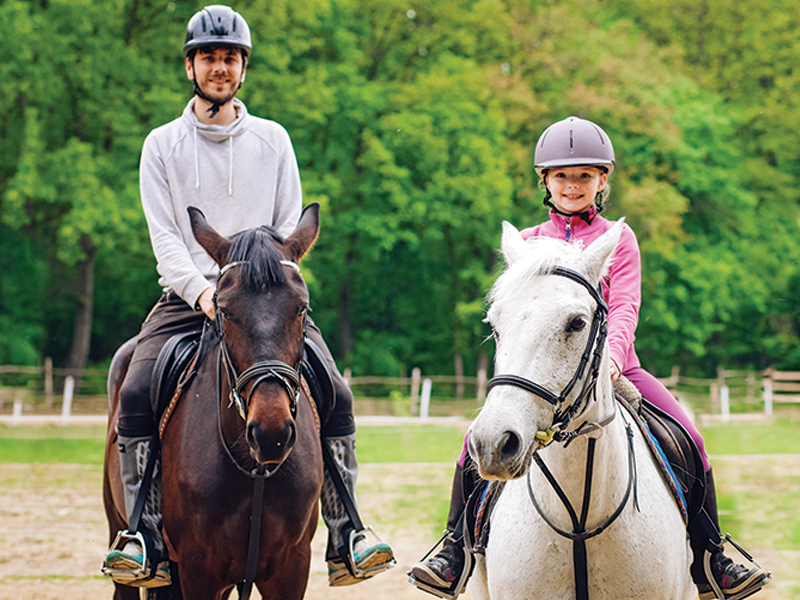
First rides outside the ring should be in the company of an experienced horse and rider. Photo: iStock/Dejan Maricic
First rides outside of the ring can be undertaken once the child is able to stop and go and handle all three gaits without fear or hauling on the pony’s mouth. It’s a great idea to pony the child from another horse in the early stages so that if their mount spooks or rushes or causes alarm, the instructor can offer immediate advice on how to handle the issues of the trail and nip any nervousness or bad outcome in the bud. Of course, if the pony is 12 hands and the instructor’s only available mount is 16.2 hands, this may not be feasible. In that event it may be possible during the first rides out on the trail to have two good riders on sensible horses, one to ride in front and one to ride behind the child student.
Whenever I mention horses to someone new, I often hear that they rode a horse once… and then they explain the reason they’ve not ridden since… It bolted and I fell off; another horse kicked my horse and I fell off; it wouldn’t go; it wouldn’t stop; it had no steering… You get the idea.
It is sad that so many life-enriching experiences with horses were missed because of such misadventures, most of which could have been prevented had the riding experience been overseen by a qualified riding instructor at the outset.
Teaching children to ride should be a safe, positive experience that builds their confidence, character, self-discipline, and empathy. There’s no better way to share our love of these amazing animals and the joy of riding than to introduce the wonderful world of horses to the next generation.
Related: The Need for Quality Coaching in the Equine Industry
To read more by Nikki Alvin-Smith on this site, click here.
Photo: Shutterstock/Gorilla Images



